Middle earth
Or, a trip on a steam train
A while ago—I can’t find the exact post—I set myself a target of having more posts on here filed under Trains than I do under Political. I think I even said the target I was giving myself was by the end of last year. Well, I’m still clearly a long way off that at the time of writing (58 versus 113) but this is an attempt to make amends. Right at the start of the year, you see, I went out for a trip on the Middleton Railway.
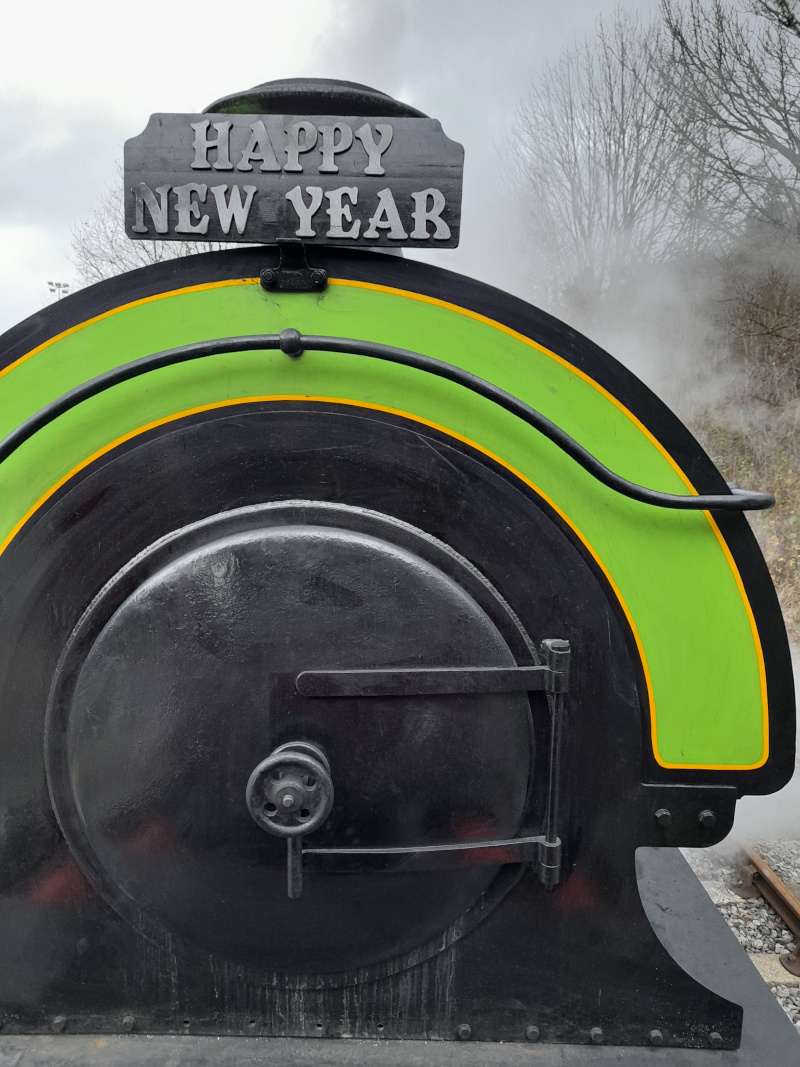
The Middleton Railway is quite an interesting little line, for its history if nothing else. There are various claimants to the title of “oldest working railway” in various parts of the UK, partly dependent on what counts as a railway and what doesn’t. If you insist steam trains have to be involved, then various branch lines around Darlington usually get the prize, as they opened in 1825 with a mixture of steam trains and horses. If you’re happy with horse-drawn trains, the stretch of the Ebbw Vale line between Rhisga and Pye Corner opened in about 1805. Both of these are lines that carry passengers in main line trains today. If you’re happy with railways that are just for freight, there’s a branch line near Dunfermline that might have had trains on it in the 1760s, although its early history is a little unclear. The Middleton Railway, by contrast, has a definite starting date, as the first railway to be authorised by Parliament, in 1758, during the reign of George II. Moreover, and something that is unusual for a volunteer-run heritage railway, it has operated continuously ever since, switching from commercial to volunteer operations in 1960.*
Of course,** none of the railways I’ve listed above really resemble their original form and the Middleton is no exception to this. In the 19th century it ran from Great Wilson St—roughly where the Crown Point branch of Pets At Home is now—and ran down to, naturally, Middleton. The furthest-south point I’ve found on a map was “Bleachground Engines”, on the 1854 six-inch map, nowadays at the very south end of Middleton where Middleton Park Avenue meets the A654. As the crow flies, it’s a distance of about 3.5 miles. The current Middleton Railway runs for about a mile, from Moor Road to the northern edge of Middleton Park. Moreover, the landscape it runs through has changed entirely, the coal mines it was built for all turned into post-industrial green spaces.
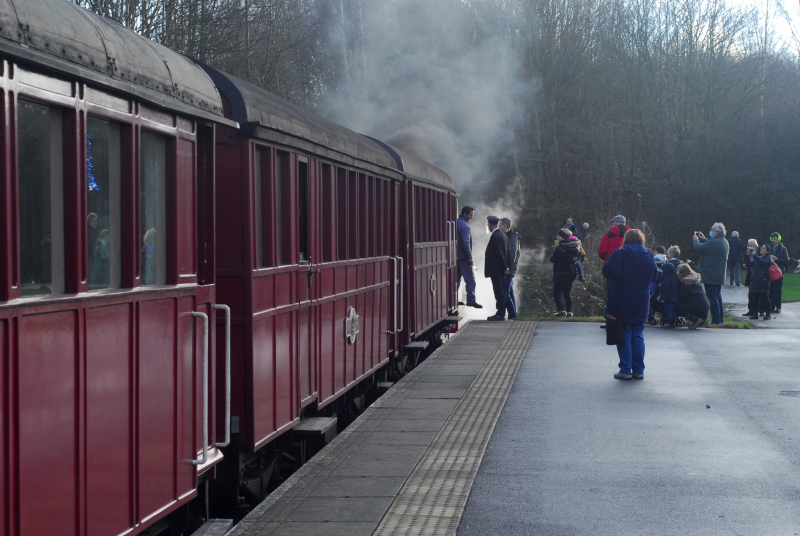
Being built purely as an industrial railway, the Middleton didn’t carry passengers at all until its heritage days. The first passenger trains were run using a hired diesel pulling a second-hand Swansea and Mumbles tramcar.*** Later, they needed proper carriages. Those in the picture are the underframes of old 4-wheeled parcels vans, which the Middleton has rebuilt with completely new bodies to give themselves a passenger rake.
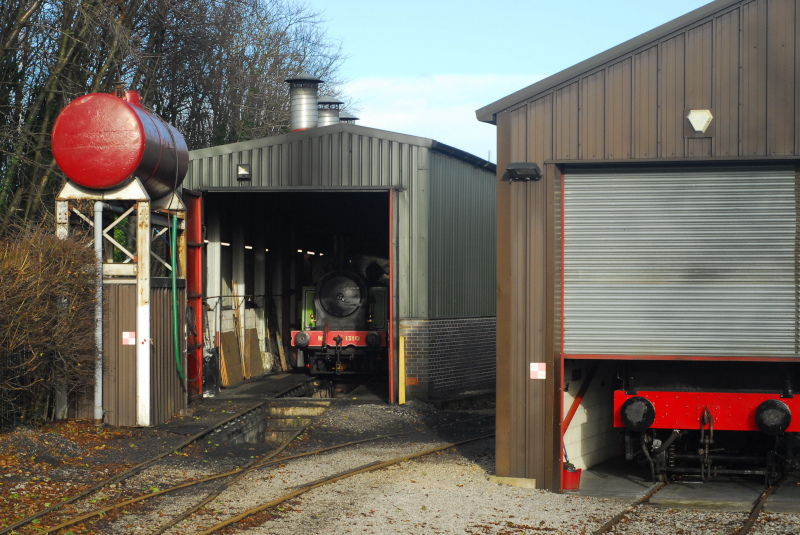
Behind the scenes, the Middleton has an awful lot crammed onto a very small site, with their workshops packed full of stuff under restoration. I can imagine shunting things to the right place in the workshop is a bit of a pain. If they didn’t specialise in small ex-industrial locos, they’d hardly have room for any. As it is, everything is jammed in rather tightly, with just enough room inside for people to move around them and actually do the work. I have an old friend who works at the Middleton; he managed to arrange for the both of us to have a little tour behind the scenes, and see the locos under repair, those undergoing major restoration, and the next carriage the railway has started to build.
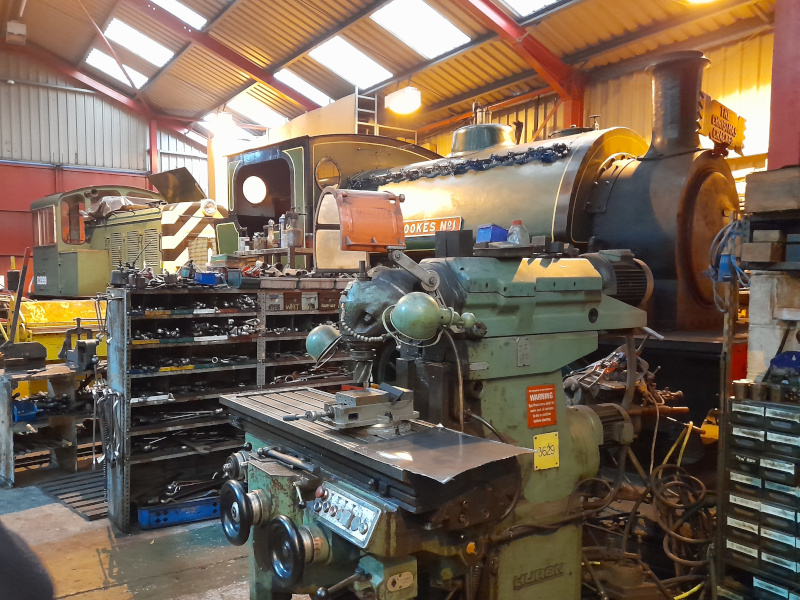
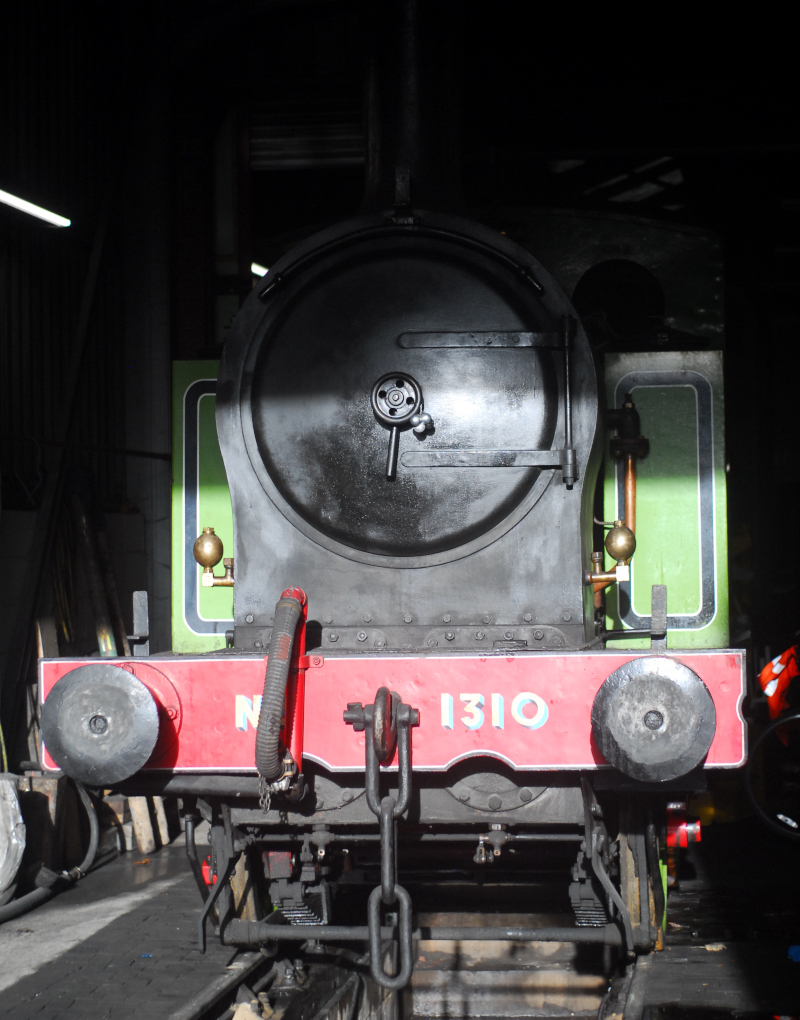
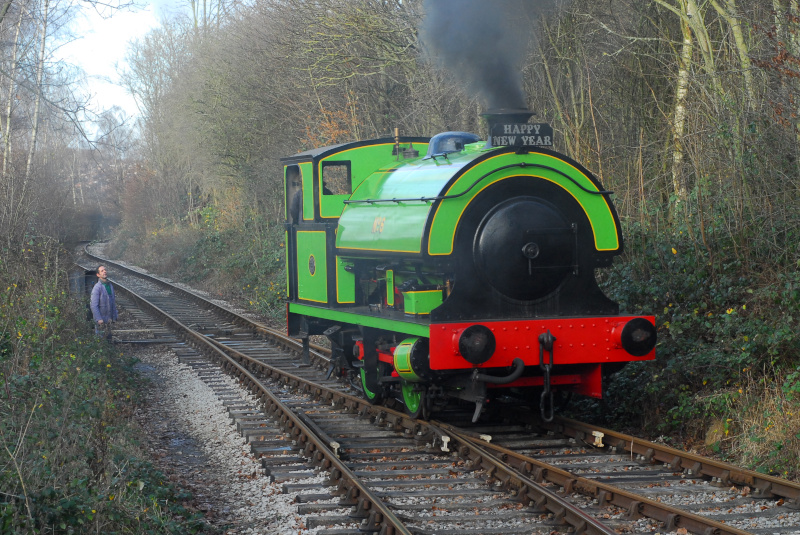
We had a few round trips, too, shuttling back and forth along the mile of track. The Middleton Railway might be very different to its original intention, and might run now for a slightly different purpose. It’s still a fascinating place to come and visit, and was an excellent way to start the new year.
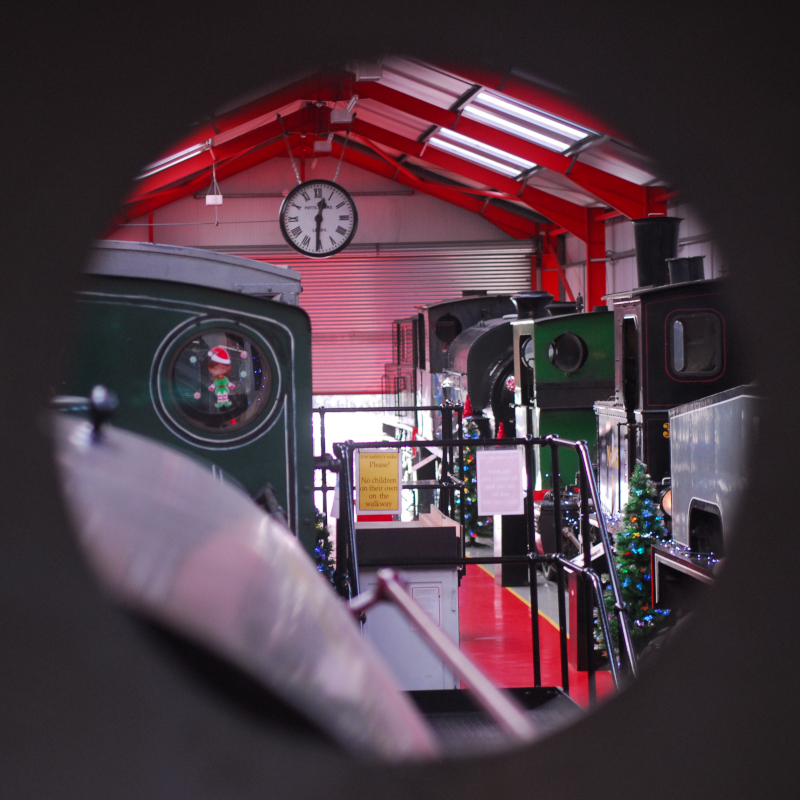
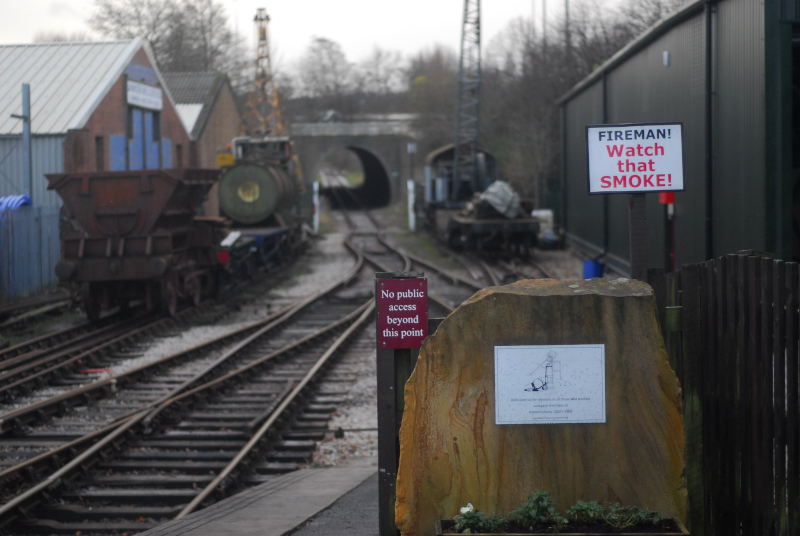
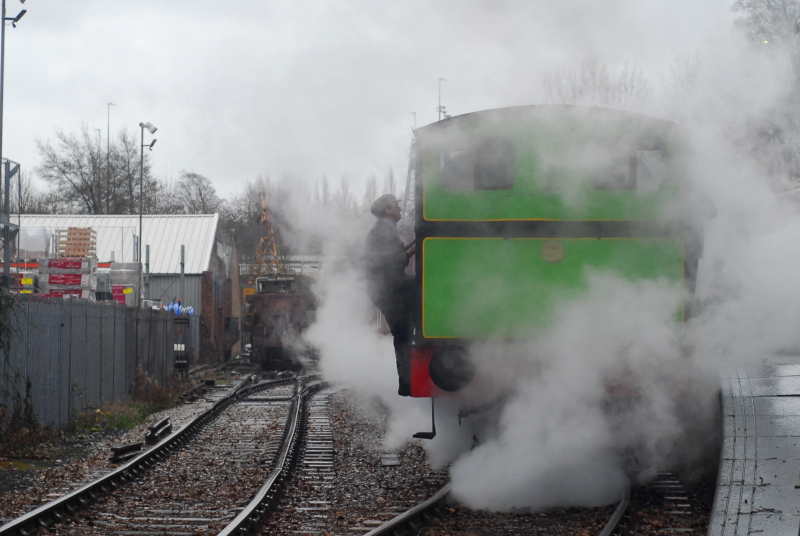
* The only other heritage railway that can really claim this is the Talyllyn, which opened in the 1860s. The Ffestiniog has never quite closed, having leased out a short stretch of its track for former customers to use, but their claim is a wee bit of a stretch.
** And unlike the railways in the first footnote.
*** Another early railway: the Swansea and Mumbles, also known as the Oystermouth Railway, was carrying horse-drawn passengers from the first decade of the 19th century. It later essentially became a tram line, and closed just before the Middleton became volunteer-run. If you’ve ever visited the Gower, you have likely travelled by car along part of its route. The tramcar which moved to Leeds was sadly destroyed by arson.

 Home
Home